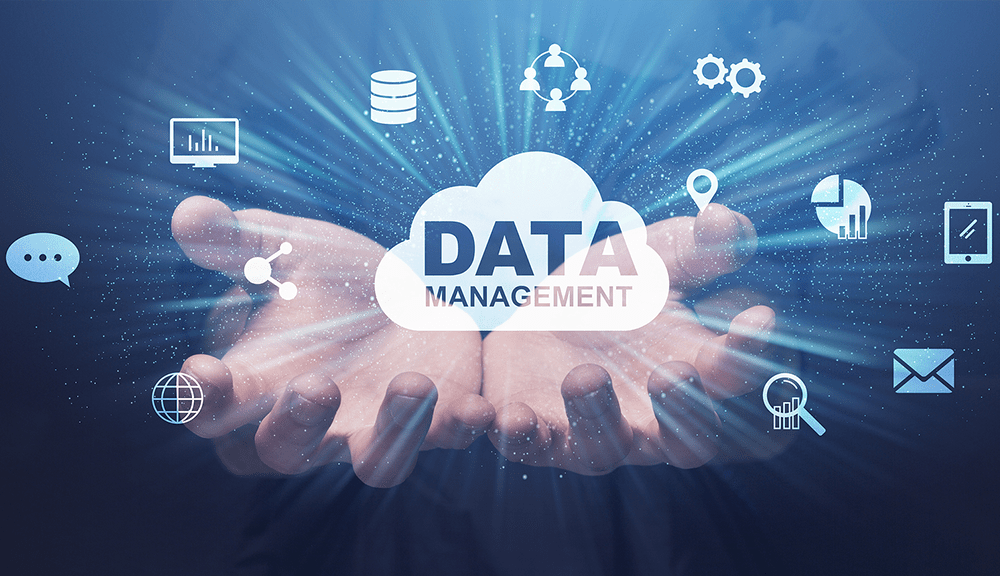Using marketing automation has become increasingly popular due to its efficiency. Research indicates that automation technology is one of the fastest-growing trends in business. It simplifies the lives of business owners by offering various tools.
For instance, B2B entrepreneurs, like B2B online marketing agencies, benefit from easier sales management, revenue generation, customer acquisition and retention, gathering information about potential buyers, and handling social media campaigns and files.
These tools streamline various tasks, making it simpler to manage different aspects of the business, ultimately contributing to smoother operations and improved productivity.
What is marketing automation?
Marketing automation refers to using specialized software and tools to streamline marketing activities, enhancing the sales process. This system aims to boost campaign efficiency by automatically gathering and processing data about business sales leads, reducing the manual input and analysis of such information.
This technology utilizes acquired data on consumer interests, demographics, and website activities to identify potential customers. Subsequently, it delivers personalized B2B email marketing messages tailored to these prospects. Automated software generates offers and targeted advertising content, often through email, utilizing a pre-existing contact database.
Moreover, marketing automation tools typically integrate with other systems like CRM (Customer Relationship Management) and ERP systems. These integrations enable businesses to unify their operations, manage customer relationships, and enhance data-driven decision-making.
Why does marketing automation matter so much?
Marketing automation plays a pivotal role due to its multifaceted advantages. It enables comprehensive analysis of user behavior, aiding in the identification of potential business leads and facilitating the implementation of targeted strategies based on the collected data.
Campaigns and social media postings may be automated to greatly reduce manual labor. Pre-configured setups make it possible to send messages on time, matching recipients’ best periods for engagement, which increases response rates and audience participation.
Cutting-edge technology empowers businesses to craft personalized content tailored to customer preferences, fostering stronger connections and enduring relationships.
Additionally, real-time campaign statistics furnish immediate insights into performance, enabling prompt adjustments for optimization. This data-driven approach not only saves considerable time but also optimizes resource utilization, contributing to improved efficiency and better ROI.
Marketing and sales automation stages
Three essential steps are involved in automating marketing and sales: creating engaging content, distributing tailored advertisements, and employing data analytics to monitor campaign effectiveness.
Content Creation and Distribution
The foundation of successful marketing automation lies in compelling content. Regularly showcasing expertise through published materials is crucial to engaging potential clients. High-value assets like case studies shared via targeted social media ads enrich your strategy. Modern tools aid in audience identification and selection, optimizing marketing endeavors.
Launching Advertising Campaigns
The effectiveness of marketing automation heavily relies on inbound traffic technologies. Various strategies and channels exist to initiate traffic influxes. Each channel requires specific software; for instance, LinkedIn Helper maximizes LinkedIn potential, while platforms like Facebook Ads and contextual advertising serve as valuable traffic sources. Regularly review contact lists to remove outdated addresses for better targeting.
Analytics Tracking for Campaigns
Implementing appropriate analytics tools is pivotal to comprehending campaign metrics effectively. It enables businesses to gauge performance and make necessary adjustments for optimization. Analyzing data helps in identifying successful tactics, enabling informed decisions for future strategies.
Businesses may achieve more significant marketing outcomes by streamlining marketing efforts, targeting the correct audience, optimizing ad effectiveness, and refining tactics based on data-driven insights by skillfully navigating these stages.
How does marketing automation operate, and what scenarios does it relate to?
Marketing automation serves as a technological boon, streamlining sales and marketing processes. It facilitates profound customer interactions across various stages of the buyer’s journey. Typically, automation platforms are leveraged in diverse scenarios:
- B2B online campaigns for generating leads.
- Organize nurturing initiatives.
- efforts to keep customers.
- attempts at cross-selling and upselling.
- strategies for referrals.
- Marketing is centered around events.
In business, using smart email tools is super important to find new customers. The four key tips for making these tools work great. These steps make emails better and help businesses find more new customers. Following these tips means more success in using these email tools to grow a business and make more sales.
Four steps to follow for B2B marketing automation
Carefully chart your customer’s journey before setting up automated workflows. This comprehensive approach ensures you cover every crucial step, right from their initial discovery of your brand to their final purchase decision.
Here are four steps to help you use it well without getting lost in technical stuff:
1# Know Your Customer’s Journey: First, understand how people find your brand and buy from you. This helps B2B marketing work better.
2# Track Important Numbers: Keep an eye on some key numbers regularly. It helps to see which strategies work best. This saves time and helps your business grow faster.
3# Make Plans Visible: Use digital tools to show your big marketing goals. It gets your team excited and makes everyone work better.
4# Organize Customer Info: Sort out who might be interested in what you offer. It helps you send better emails. And always keep your email list clean by removing inactive people. This keeps your emails effective.
Understanding the essence of marketing automation empowers you to streamline operations and drive business growth. Armed with comprehensive insights, you’re equipped to harness its potential, optimize strategies, and propel your endeavors towards unparalleled success.
Use the tips provided in this blog to help your business expand, or you can use our services to create B2B sales leads to accelerate your success.
To learn more about our service, contact us now.






